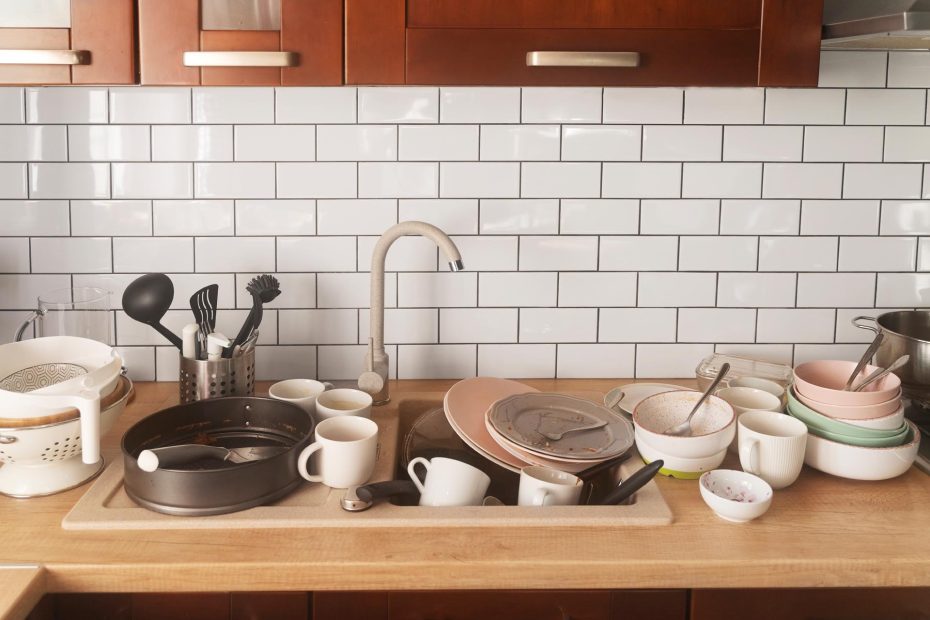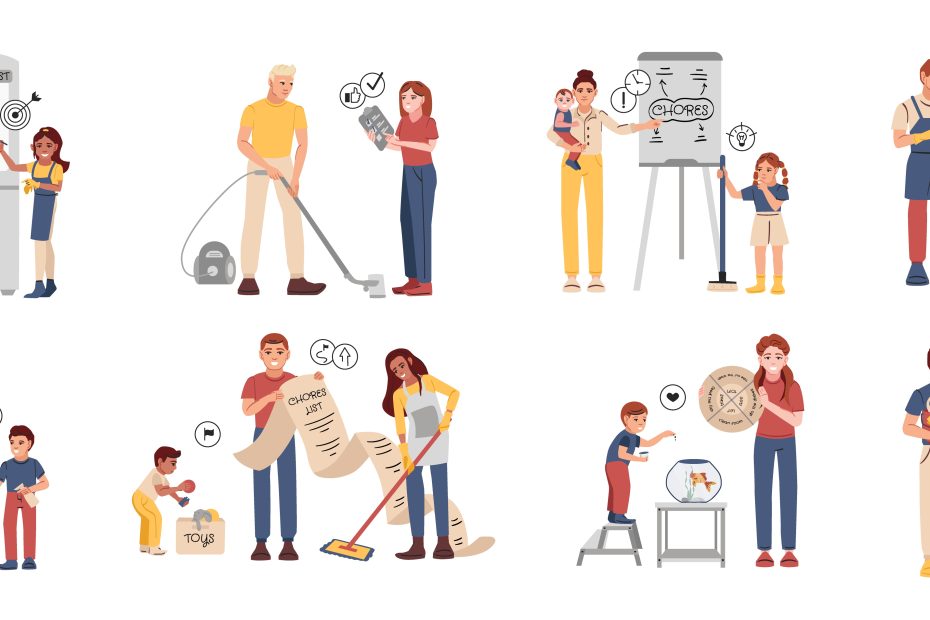Cooking together with kids is not necessarily stressful! Besides sharing responsibilities and the benefits that come with spending time together, they can also learn lifelong skills from you. The food consumed during meals provides energy for everyday activities, growth, and all bodily functions through nutrients, thus satisfying one of our biological needs. But it is not the only reason that family meals play a prominent role in our lives and are considered one of the most important activities. They also provide numerous opportunities for cooperation and bonding. Moreover, when they become part of our daily or weekly routines, they become cornerstones of our family dynamics. In this section, we focus on activities related to collaboration, but due to the significance of the topic, we naturally address it from various perspectives in other articles as well. For example, eating is mentioned under the “Charge up” and “Connection” sections, and you can also find long-term goals regarding healthy eating habits and enjoyable family meals under the “Parenting Playbook” section.
Cooking with Kids? Absolutely!
There is no doubt that involving at least one child in meal preparation may result in slower progress and perhaps even more kitchen chaos, depending on age and experience. Nonetheless, we recommend not to miss out on this opportunity because there are numerous benefits of cooking together, both for adults and children. When you involve kids in various stages of meal preparation, they not only gain practical experience in making grocery lists, measuring weights or volumes, and reducing food waste, but they also learn healthy eating habits and boost their confidence through success. You can also provide them with the freedom to try new flavors and foods, which can help picky eaters expand their boundaries in eating. Moreover, beyond food-related skills, these occasions offer opportunities to acquire skills that may not seem food-related at first glance, such as budgeting, organization, reading, and following instructions.
It is important for kids to be involved in every step of meal preparation. There are many different paths you can take, but we recommend having a “map” in your hand, meaning follow a predefined structure that is easy for kids to remember and follow. Below, you’ll find useful ideas you can incorporate into your own meal preparation system.
Can’t do without planning!
Family members can participate in planning snacks and main meals in different ways. Choosing meals or recipes together, adding foods to the grocery list, checking the refrigerator and pantry, and even compiling a “Favorite Recipes” folder can help involve kids in the planning process. It’s true for all ages that they enjoy making decisions, so it’s great fun to have a “Create Your Own Menu Planner” where they can choose from pre-set options to plan their own lunch/dinner or even the entire weekly menu for the whole family. This requires some forward thinking on the adult side, but based on personal experience, after a while, a larger list is compiled, which can then be expanded and made even more varied.
Grocery shopping with kids. Yes, with kids!
I can almost see you raising your eyebrows at the thought, but once again, it’s a fantastic opportunity for you to turn grocery shopping into a learning experience. Try out a few, or all, of the following:
- For preschoolers:
- Count the items you’re buying, learn their names.
- Find a new vegetable/fruit in the store that has never been tasted. You could even buy it.
- For older kids:
- Pick two similar types of food, read their labels together, and choose the healthier option.
- Ask the child to find a specific ingredient in the store.
Cooking
The motto of Chef Gusteau in the movie Ratatouille was, “Anyone can cook,” and we completely agree with him. Even the youngest children can participate, but the tasks they perform depend on their age and abilities. To make meal preparation easier, follow these steps:
- Place the recipe where everyone involved can see it.
- Make sure each participant has at least one task (e.g., measuring ingredients, preparing and cooking food, etc.).
Setting the table
Setting the table is one of the most popular tasks for all ages, and it’s a good way to take responsibility in the meal preparation process. Placemats that show the arrangement of tableware, such as utensils, plates, glasses, etc., can help younger children. They just need to follow it, as if they were putting together a puzzle.
Eating together
It’s important to establish some basic rules for eating together and ensure that these rules are followed. Remember, this is a learning process, and it takes time for the rules to become ingrained. Is it annoying to repeat them over and over again? Yes, but according to Daniel Post Senning, an etiquette expert, good manners are important social skills that help your child succeed in life.
After the meal
After a shared meal, you probably want to relax, but before you do that, it’s better to tidy up the kitchen together first. Unsetting the table, wiping it clean, sweeping/vacuuming underneath, and loading and unloading the dishwasher are obvious tasks that can be shared with kids.
Safety rules in the kitchen
Before allowing your child to work in the kitchen, go over kitchen safety rules together. Make sure to be cautious and never leave the child unsupervised, especially near hot appliances, sharp objects, or cleaning products. Show them how to safely use kitchen tools such as graters, peelers, blenders, or mixers. In the case of electrical appliances, it’s particularly important to know what to do in case of emergencies, such as how to quickly shut off the device.
You can read more about these topics in our related articles, where you can find tasks tailored to children’s age. But in the meantime, here let’s try one or more of the following ideas and get even closer to each other!
Family Connections – Gastronomic Adventure
Outdoor Adventures:
- Go fishing and catch dinner.
- Visit a vegetable/fruit farm and get to know everything that grows there.
- Discover the variety of fresh produce at the nearby market.
- Attend a family cooking class.
Stay at home and…
- …try out a new recipe together.
- …grow your own herbs, vegetables.
- …watch your favorite cooking show together.
Related articles
Cleaning? Done!
No one likes dust bunnies under the couch or sticky floors in the kitchen. Useful…
The biggest dish factory: the sink
The biggest dish factory: the sink There’s no doubt that washing dishes is one of…
Collaboration
In business terminology, “Collaboration” means individuals working together towards a common goal, outcome, or mission,…


